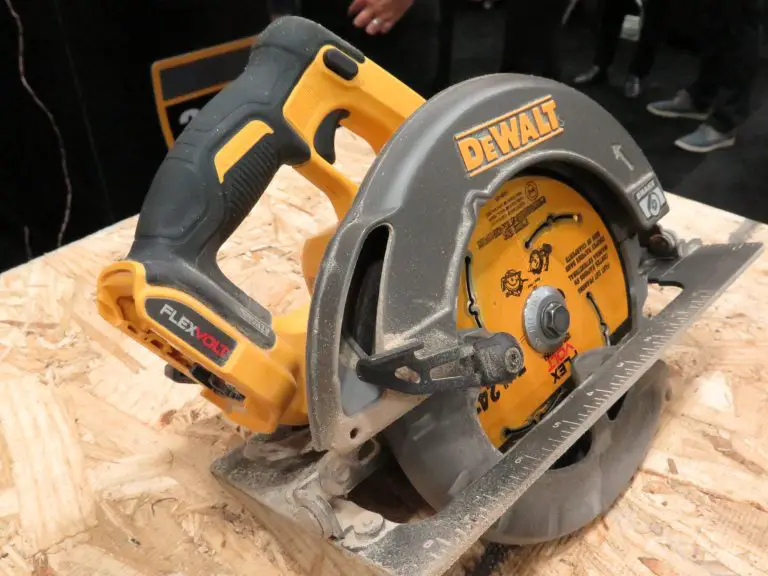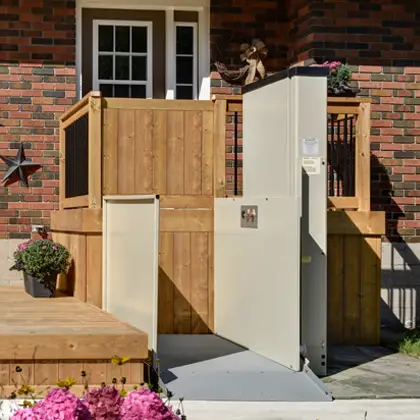If you want to make the most of your property’s potential for wealth accumulation, one valuable tool to make this happen is something called a Home Equity Line of Credit (HELOC). A HELOC enables you to tap into the equity you’ve built in your home to fund various endeavors, including investments, renovations, education, or debt consolidation. This post explores the intricacies of leveraging a HELOC to enhance your financial prosperity, equipping you with the necessary knowledge to make well-informed choices.

1. Understanding the Basics of HELOCs
To begin, it’s imperative to grasp the fundamental principles underlying HELOCs. A HELOC is a flexible credit line secured by your home. The borrowing limit is usually determined by a percentage of your home’s appraised value, minus any outstanding mortgage balance. Interest rates on HELOCs are typically variable, meaning they fluctuate with market conditions. HELOCs commonly feature a draw period for accessing funds, followed by a repayment period.
2. Assessing Your Financial Objectives
Before considering a HELOC, it’s crucial to define your financial goals clearly. Are you aiming to invest in real estate, launch a business, or finance your child’s education?Understanding your objectives will help determine the required funds and associated risks. Take the time to evaluate your financial situation, risk tolerance, and long-term plans before proceeding.
3. Weighing Risks and Rewards
Like any financial product, utilizing a HELOC entails both risks and rewards. On the positive side, a HELOC offers access to substantial capital at comparatively low interest rates. Furthermore, depending on your jurisdiction, the interest paid on the borrowed amount may be tax-deductible. However, it’s vital to acknowledge the risks as well. Failure to repay the HELOC could result in the loss of your home. Variable interest rates also expose you to potential rate increases, leading to higher monthly payments.
4. Utilizing HELOCs for Investments
A prevalent strategy for leveraging a HELOC is investing in real estate or other income-generating assets. By using HELOC funds as a down payment on an investment property, you can potentially benefit from rental income and property appreciation. Nonetheless, it’s crucial to meticulously analyze the risks associated with investment properties, such as vacancies, property management, and market fluctuations.
5. Financing Home Improvements
Another common use for a HELOC is financing home renovations and improvements. By investing in your property, you can increase its value and potentially yield a higher return on investment when selling. However, it’s vital to consider costs, potential disruptions during construction, and the impact on your overall financial situation before undertaking significant home renovations – even if you do have access to borrowed money.
6. HELOCs for Education and Debt Consolidation
HELOCs can also serve as a means to finance higher education or consolidate high-interest debt. Using HELOC funds to cover education expenses may offer potential tax advantages and lower interest rates compared to alternative loan options. Similarly, consolidating high-interest debt into a HELOC with a lower interest rate can save on interest payments and simplify financial obligations. Nonetheless, exercise caution and ensure responsible management of the additional debt.
7. Practicing Sound Financial Management
To optimize the benefits of a HELOC, it’s essential to implement sound financial management practices. Avoid using the credit line for impulsive or unnecessary expenses. Develop a comprehensive repayment plan and budget to comfortably meet monthly payments. Regularly monitor interest rates and consider refinancing if advantageous. Remember, a HELOC should be employed as a tool for wealth growth, not as an excuse for accumulating more debt.
8. Seeking Professional Guidance
When considering a HELOC, it is always advisable to consult professionals such as financial advisors, mortgage brokers, or real estate experts. They can offer personalized guidance based on your specific circumstances, helping you navigate complexities. Professionals can aid in evaluating risks, determining optimal borrowing amounts, and identifying suitable investment opportunities or debt consolidation strategies.
Does it Make Sense to Take Out a HELOC, Given the Current Home Loan Interest Rates
It is wise to assess the viability of pursuing a Home Equity Line of Credit (HELOC) given the current home loan interest rates. Numerous factors, such as your financial aspirations, the intended purpose of the HELOC, and your tolerance for risk, influence this decision. In the event that prevailing mortgage rates are significantly lower than the interest rate on your current mortgage, opting for a HELOC may appear appealing. It enables access to funds at a potentially reduced rate, thus proving advantageous for financing investment ventures, home enhancements, or debt consolidation.
It is essential to meticulously assess the accompanying risks. HELOCs commonly involve variable interest rates that may escalate over time, necessitating a thorough evaluation of your capacity to handle prospective rate hikes. Additionally, obtaining a HELOC implies assuming additional debt and utilizing your home as collateral, thereby exposing you to the possibility of foreclosure if repayment obligations are not met.
A HELOC represents a potent resource for growing your wealth by harnessing the equity in your home. Whether contemplating real estate investments, funding home improvements, or consolidating debt, a HELOC provides the financial means to pursue your objectives. However, it is crucial to evaluate risks and rewards, define financial goals, and practice responsible financial management. By comprehending the intricacies of a HELOC, seeking professional advice, and making informed decisions, you can leverage this versatile financial instrument to enrich your financial future.












